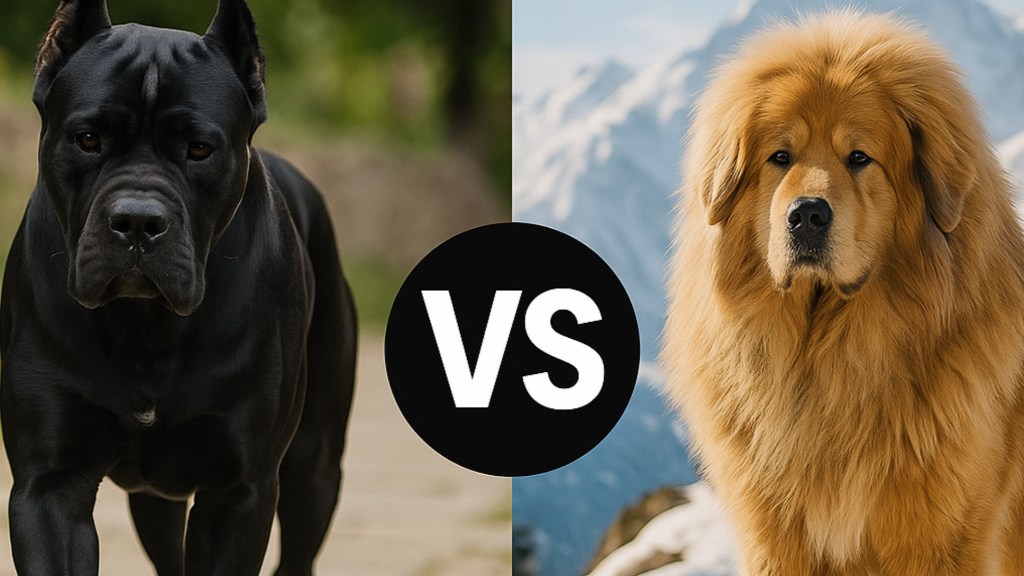Cane Corso vs Tibetan Mastiff – When it comes to legendary guardian breeds, few can rival the Cane Corso and Tibetan Mastiff. Both are celebrated for their unwavering loyalty, imposing strength, and instinctive protective nature.
These dogs have been trusted companions and defenders of families, flocks, and property for centuries. However, while they share a common role as guardians, their differences in temperament, care needs, and compatibility with various lifestyles make them distinct choices.
Choosing between these two majestic breeds requires careful consideration of what each brings to your home—and whether you’re prepared to meet their unique demands.
In this guide, we’ll compare the Cane Corso and Tibetan Mastiff across key aspects such as physical traits, historical purpose, temperament, trainability, and more. By understanding their differences, you’ll be better equipped to determine which breed aligns with your experience level, living environment, and expectations from a guardian dog.
Table of Contents
Physical Traits
The Cane Corso and Tibetan Mastiff may both exude power, but their appearances reflect their diverse origins. The Cane Corso is an athletic, muscular breed with a sleek coat that typically comes in shades of black, gray, fawn, or brindle.
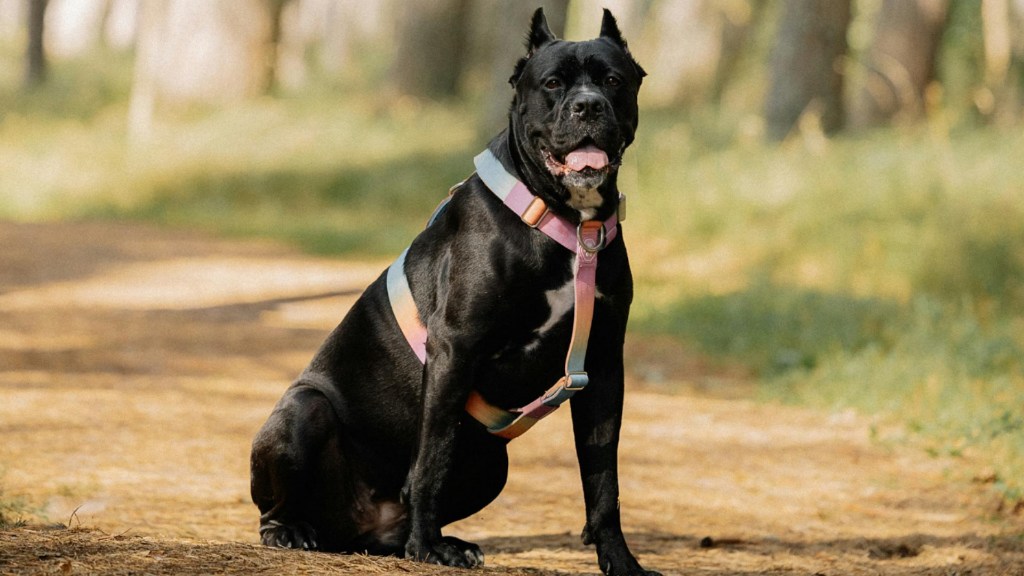
Standing 24–28 inches tall at the shoulder and weighing 90–120 pounds, this Italian powerhouse combines elegance with raw strength. Its compact yet robust build makes it agile and capable of quick movements—a trait essential for its working history.
On the other hand, the Tibetan Mastiff is a giant breed with a regal appearance, often described as lion-like. With a thick double coat that provides insulation against harsh climates, this breed stands 25–28 inches tall and weighs 90–160 pounds. Their coats come in solid colors like black, brown, gold, or blue-gray, sometimes adorned with tan markings. While less agile than the Cane Corso, their sheer size and commanding presence leave no doubt about their guarding abilities.
Origin and Historical Purpose
Understanding the roots of these breeds sheds light on their natural instincts and behaviors today. The Cane Corso hails from Italy, where it was bred as a versatile farmhand and protector. Historically used for herding livestock, hunting large game, and

guarding estates, the Cane Corso developed into a highly intelligent, adaptable, and hardworking breed. Its name, derived from “cane da corso” (meaning “catch dog”), reflects its role in controlling cattle and boar during hunts.
Also Read: 7 Nutrition Tips for Keeping Small Dog Breeds Healthy
The Tibetan Mastiff, meanwhile, originated in the Himalayan mountains of Tibet, where it served as a guardian for monasteries, villages, and nomadic camps. Revered for centuries, this breed’s primary duty was to deter predators like wolves and snow leopards. Unlike the Cane Corso’s active lifestyle, the Tibetan Mastiff evolved to patrol its territory independently, conserving energy for moments of confrontation.
Temperament
While both breeds are fiercely loyal and protective, their temperaments differ significantly. The Cane Corso is known for its confident, alert, and affectionate personality. This breed thrives on human interaction and forms strong bonds with its family.
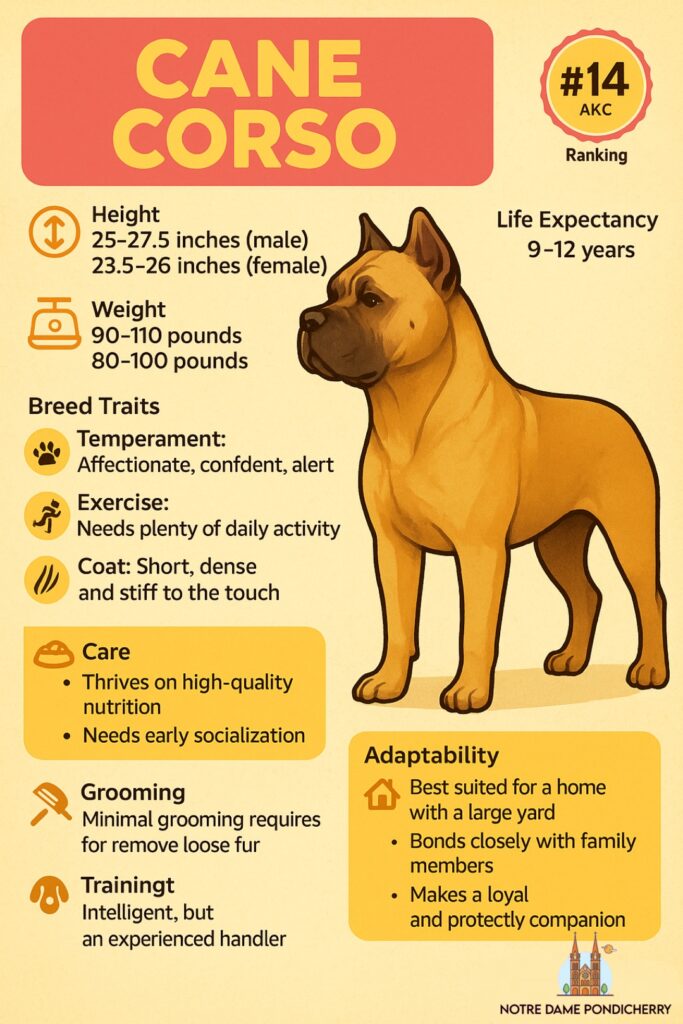
Though naturally wary of strangers, proper socialization ensures they remain discerning rather than overly aggressive. They excel in structured environments and respond well to consistent leadership.
The Tibetan Mastiff, by contrast, is independent and aloof. Often described as dignified and reserved, this breed tends to form deep attachments to its immediate family but remains standoffish toward outsiders. Their independent streak means they are less eager to please compared to the Cane Corso, requiring patient handling and respect for their boundaries.
Guarding Style
Both breeds are exceptional guardians, but their approaches differ based on their histories. The Cane Corso is proactive and vigilant, constantly monitoring its surroundings and ready to act when necessary. Its athleticism allows it to intervene swiftly if a threat arises, making it ideal for active households seeking a hands-on protector.
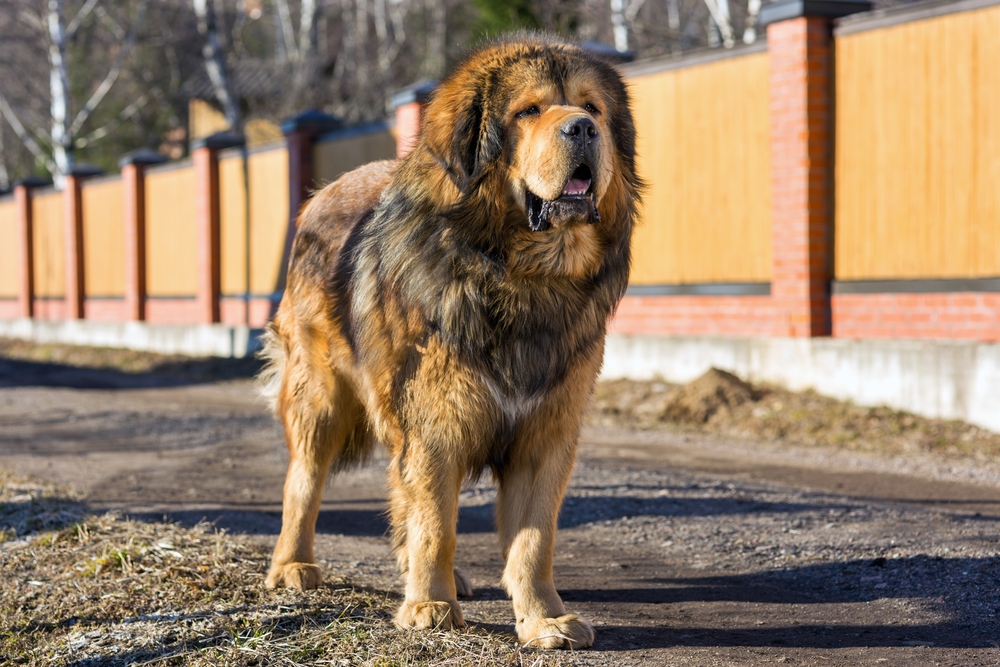
The Tibetan Mastiff adopts a more passive approach, preferring to observe quietly before taking action. Known for their booming bark, they serve as effective deterrents simply through their vocal warnings. When pushed, however, they will defend their territory with unmatched ferocity.
Trainability
Training is another area where these breeds diverge. The Cane Corso is highly trainable due to its intelligence, eagerness to please, and desire for mental stimulation. Positive reinforcement techniques work wonders, and early obedience training is crucial to channeling their energy constructively. Without proper guidance, they can become stubborn or overprotective.
The Tibetan Mastiff poses a greater challenge in training due to its independent nature. While not unintelligent, they prioritize their own judgment over commands, especially if they perceive them as unnecessary. Patience and persistence are key, along with firm but gentle leadership.
Socialization Needs
Early and extensive socialization is vital for both breeds, though the emphasis varies. The Cane Corso benefits from exposure to different people, animals, and environments to prevent fear-based aggression. A well-socialized Cane Corso becomes a balanced, sociable companion who knows how to distinguish friend from foe.
Also Read: 7 Ways Your Dog Talks to You Without Words
For the Tibetan Mastiff, socialization helps mitigate their innate suspicion of strangers. However, even with extensive socialization, they are unlikely to become overly friendly with outsiders. Their protective instincts run deep, so managing their interactions carefully is essential.
Family Compatibility
The Cane Corso is a devoted family member who enjoys being part of daily activities. They are particularly good with children when raised alongside them, thanks to their protective and gentle demeanor. That said, supervision is always recommended given their size and potential for boisterous play.
The Tibetan Mastiff is equally loving toward its family but prefers calmer interactions. They are generally tolerant of children but may not engage in playful antics as readily as the Cane Corso. Families should also consider the breed’s tendency to bond closely with one or two individuals rather than the entire household.
Ideal Living Environment
A spacious home with a securely fenced yard suits both breeds, though their specific needs vary. The Cane Corso thrives in an active household where they can accompany owners on walks, runs, or outdoor adventures. They do best in cooler climates and require ample exercise to stay physically and mentally fit.
The Tibetan Mastiff adapts well to colder temperatures due to its thick coat but struggles in heat. Despite their large size, they can adapt to smaller spaces if given enough room to move around and regular opportunities to patrol their domain. Moderate exercise suffices for this breed, as they were designed for endurance rather than speed.
Grooming and Exercise Requirements
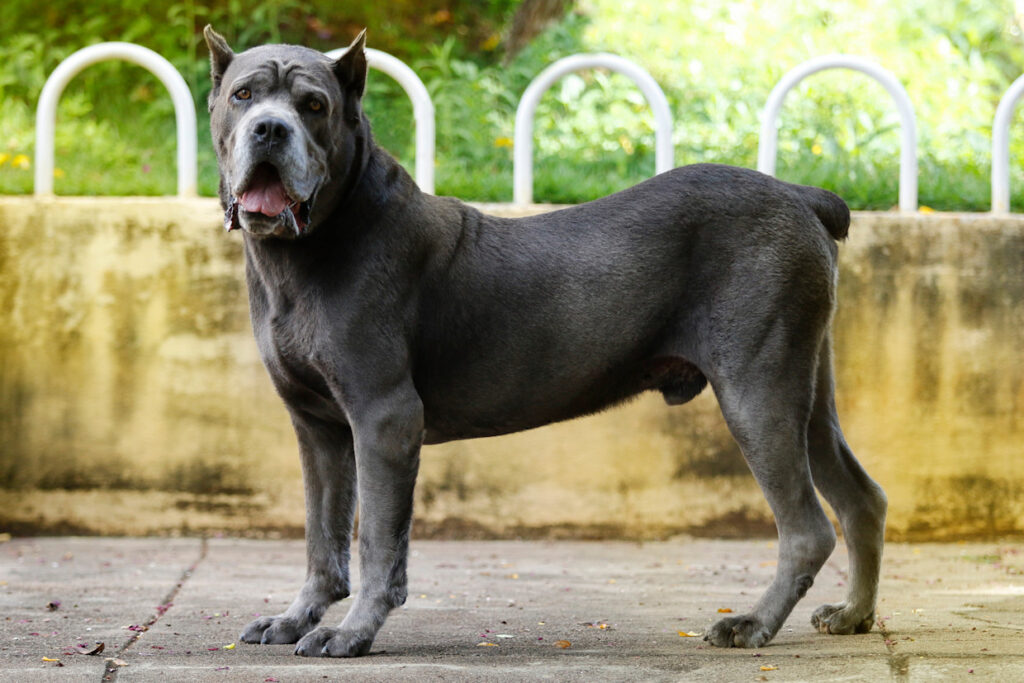
Grooming needs highlight another difference between these breeds. The Cane Corso’s short coat requires minimal maintenance—weekly brushing and occasional baths keep them looking sharp. On the flip side, the Tibetan Mastiff’s luxurious coat demands frequent brushing to prevent matting, especially during shedding season.
Also Read: American Staffordshire Terrier vs. American Pit Bull Terrier
Exercise-wise, the Cane Corso requires vigorous daily activity to burn off excess energy. In contrast, the Tibetan Mastiff is content with moderate exercise, such as a leisurely walk or playtime in the yard.
Which Breed Is Right for You?
Choosing between the Cane Corso and Tibetan Mastiff ultimately depends on your lifestyle and experience level. If you’re an active owner seeking a trainable, versatile guardian who integrates seamlessly into family life, the Cane Corso is likely your match. Conversely, if you value independence, prefer a low-maintenance exercise routine, and appreciate a dignified, reserved companion, the Tibetan Mastiff might suit you better.
Regardless of your choice, owning either breed is a commitment that requires time, dedication, and responsible ownership. These powerful protectors deserve experienced handlers who understand their needs and can provide the structure, love, and care they require. With the right pairing, you’ll gain not just a guardian but a lifelong partner whose loyalty knows no bounds.

